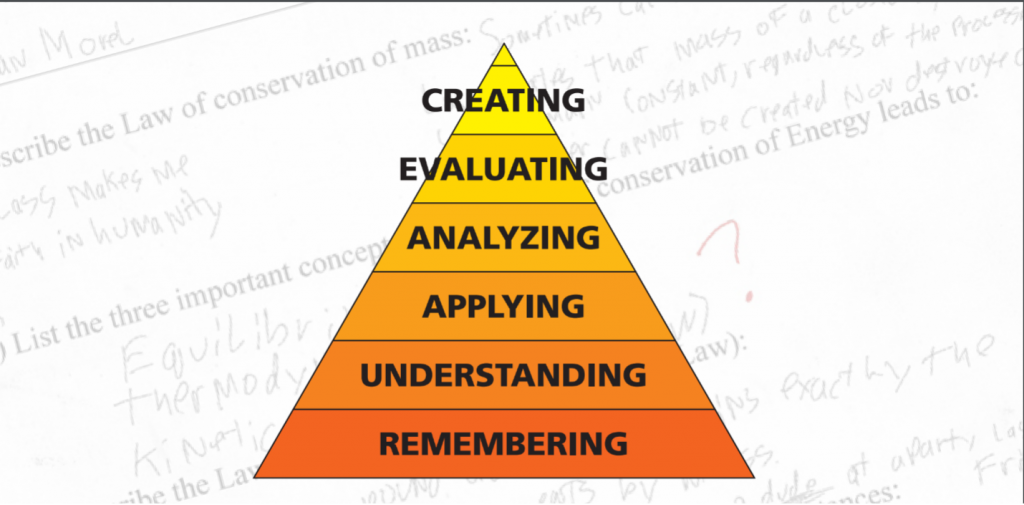There are 6.5 million unemployed people in the United States, yet nearly 11 million job openings point to the massive skills gap among current workforces.
Meanwhile, the Great Resignation is in full swing, fuelled by toxic work environments and unaddressed grief from two years of pandemic life.
The tried and tested assessment methods of recognizing talent through traditional assessments are no longer fit for purpose; addressing this crisis requires a new modern approach to selection through competency-based assessments.
A major labour crisis
- There’s a massive skills gap among workforces where traditional assessments have been poor to match talent to jobs.
- An abundance of credentializing and discriminatory recruitment practices create further barriers to good talent acquisition.
- Modern assessment methods like competency-based assessments match recruitment to skills rather than credentials.
According to studies, only 1% of executives agree that new hires were adequately skilled for their jobs. However, the most novel innovation to address the problem has been the advent of the “micro-credential,” bite-sized learning long-used by technical schools and the private sector but re-branded by universities, colleges and online MOOC providers as innovation.
The current situation represents nothing short of a labour crisis. Add what we know about the future plain of work into the mix. Shifting demographics are leading to a boon in care sector employment, where 40% of new jobs are expected to emerge over the next five years. One in five jobs in Ontario, Canada will be in the trades and several studies suggest that most students in primary school today will work in jobs that don’t yet exist.
As of February 2021, American learners had an option of nearly 1,000,000 credentialing paths. When hiring managers are presented with ten different job applications with ten different credentials, is it their job to know their differences?

The problem with traditional assessment
From academic testing to job selection, traditional forms of assessment have effectively been a set of assumptions.
It’s assumed that if you pass a test, you understood the module; that if you pass a final exam, you understood the content of the entire course; if you graduate from an educational institution, you are employable; and if you interview well, that you can do the job. However, the compounded risk of these assumptions is astounding.
There are two general types of assessment. The first can be considered an assessment “for” learning when the assessment itself is a learning tool. For example, a group project culminating in an oral presentation that centres assessment as part of the learning journey is valuable, although incomplete in its traditional application.
The second type can be called an assessment “of” learning. These are institutionalized and standardized tests and exams that reinforce the act of cramming, exacerbating systemic barriers and embedding discrimination into the assessment process. This type of assessment is used in professional circles and can make or break the futures of all learner types – teenagers, young adults and professionals.
Academic assessments
High-stakes exams, often worth as much as 60% of a grade, is the student’s make-or-break moment. A student may take four or more of these high-stakes exams every semester. Yet, we know that:
– Multiple-choice exams are not good tests of ability
– Multiple-choice exams often prove to be discriminatory
– “Good test-taking” is a skill that doesn’t necessarily translate to employability
– Post-pandemic jobs require collaboration, communication, dynamic problem solving and resourcefulness – these would be considered “cheating” on high-stakes exams.

Assessments in recruiting practices
In the workplace, we continue risk-laden assessments into recruitment and career development. As candidates are recruited and interviewed, their resume style and interview performance often determine their value.
Think back to the 10 candidates, each with different credentials applying for one role. Based on the statistics, only one might be adequately skilled for the position; if they got through AI-powered applicant tracking systems, that might be discriminatory and ineffective.
Some firms utilize tests in their hiring, but, even here, key job skills are omitted. These tests are often high-stakes and time-sensitive and prohibit collaboration, research, and ingenuity –relevant skills reflective of most professional jobs today.
Enter skills-based hiring, the latest recruitment buzzword, which seems noble in theory. The idea is to look beyond a person’s previous work experience and affiliations and identify transferrable skills, contextualizing them for new jobs in new industries.
Many jobs, though, still have a basic requirement for degree-holders and many employers still seek contextual geographic experience. In Canada, for example, despite policy-makers best intentions, there exist numerous stories of no “Canadian experience” barring talented individuals from career development.
Workplace assessments
After a candidate is hired, they’re often sent for training and development, sometimes out of necessity, at other times to improve loyalty and retention. They earn professional certifications, awarded upon the successful completion of a multiple-choice exam.
Learning and development (L&D) budgets are often black holes; determining ROI on L&D initiatives is tricky at best and elusive in general. Did workers learn anything during their training? Did they apply their knowledge in a contextual way that supports the market-specific needs of their employer? We don’t usually know. We assume that they have, though.
Moving on to competency-based assessments
We will change nothing if we don’t change how we carry out assessments. The skills shortage is a substantial liability, with hundreds of billions of dollars at risk in North America alone.
Ironically, 31% of the Class of 2020’s college graduates remain unemployed more than one year after graduation. There seems to be an abundance of credentialled labour and simultaneously a critical shortage of skilled labour. But there are options.
Assessment technologies like VALID-8 enable legally defensible competency assessments to an ISO-evaluated standard of competency, virtually guaranteeing skills, making it achievable for institutions to prove their skills development interventions work and for employers to engage in meaningful skills-based hiring strategies. In addition, personality assessments from organizations like FitFirst Technologies blend sophisticated behavioural science techniques with job search patterns, ensuring that the right people land the right jobs from the outset.
Competency-based learning is not new; however, it has rarely been supported by true competency-based assessment. We have continued to invest in dynamic and complex technologies that have consistently and continuously failed to meet our objectives. We have continued to assess candidates and learners in similar fashions as we did over a century ago.
It bears repeating; if we do not change assessment, we will not unlock the true potential of our societies, our communities and our economies.

